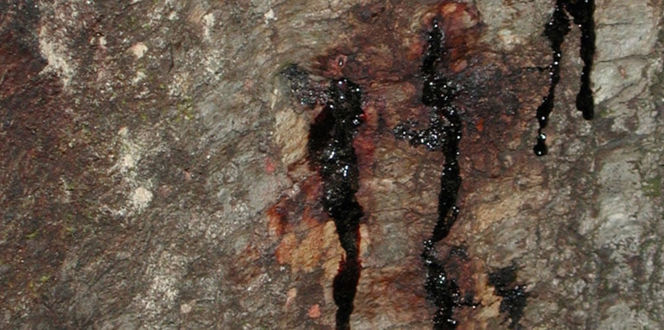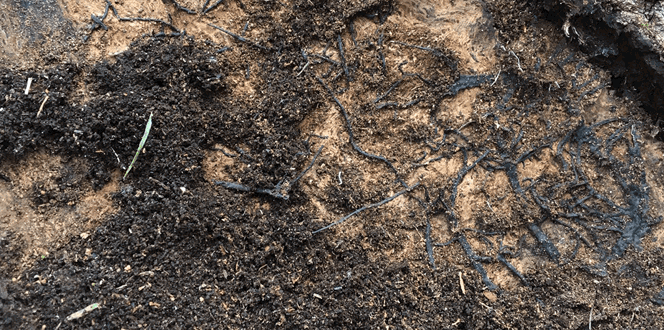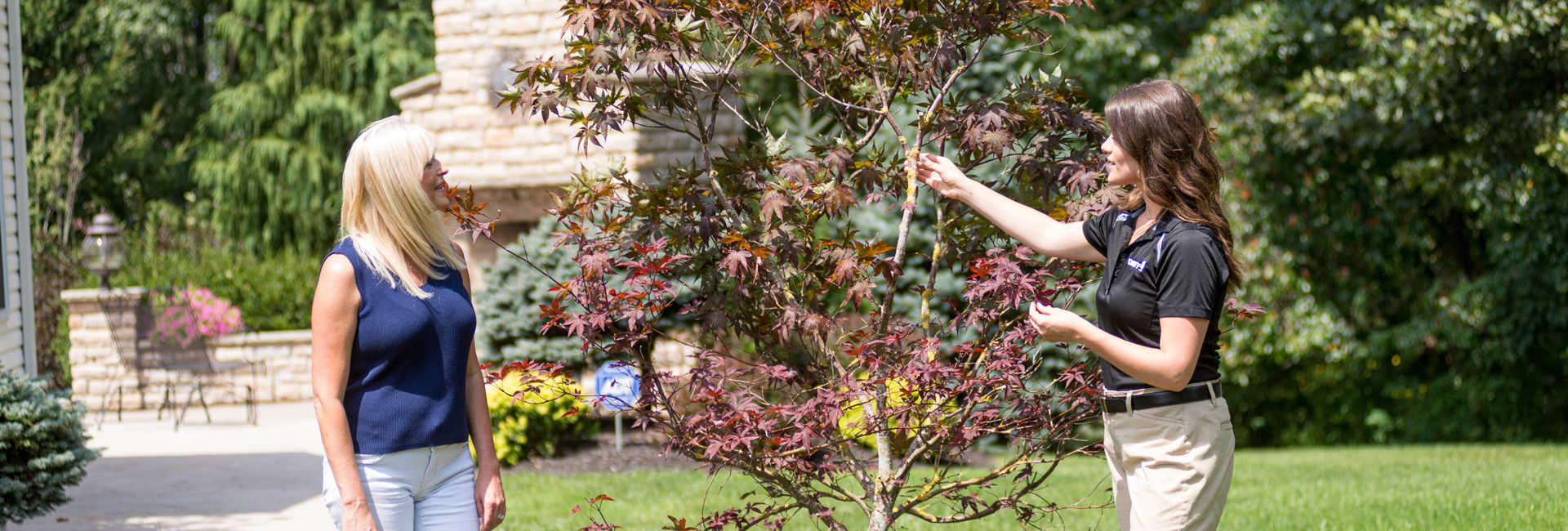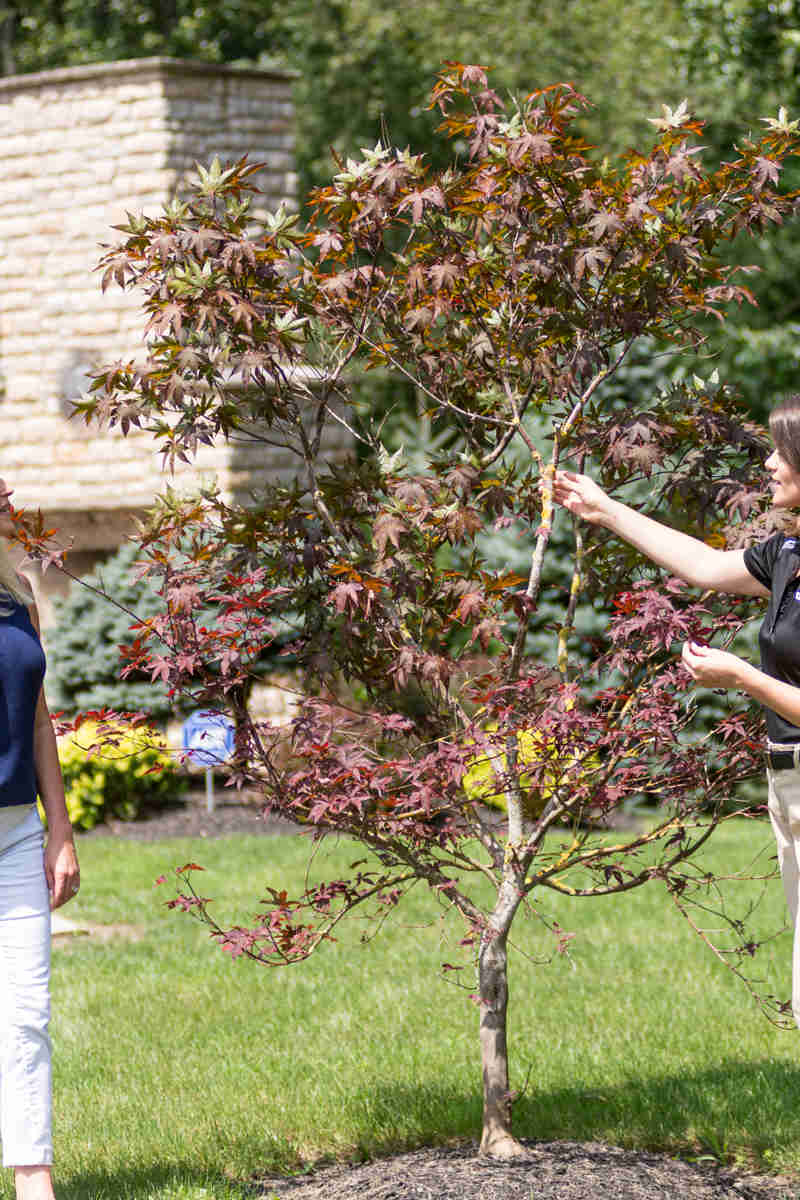Crape Myrtle Bark Scale Description:
Crape myrtle bark scale (CMBS) is an invasive insect species that attacks crape myrtle trees. It can also be found on boxwood, privet, and persimmon. They are small, white, or gray in color and have a felt-like appearance. This pest has been most common in Asia, but has recently been spreading through southern states, including Oklahoma, Texas, Arkansas, Louisiana, Mississippi, and Georgia, and even as far north as North Carolina, South Carolina, and Virginia.
Hosts:
Crape myrtle trees are the primary host to CMBS.
Crape Myrtle Bark Scale Life Cycle:
CMBS males have wings and fly to find their mates. Females, which have neither legs nor wings, are stationary and produce capsules of eggs that can include anywhere from 60 to 250 eggs. The eggs overwinter under sections of loose bark and hatch in the spring. Tiny pink larvae emerge from the eggs and move to new twigs to begin feeding. They then start the process all over again. There may be at least two generations of CMBS in just one year.
Crape Myrtle Bark Scale Symptoms:
Initial feeding damage to trees is mostly aesthetic, but plant vigor and foliage growth may be reduced. The insect pulls sap from the tree’s vascular tissue. Black sooty mold grows on a secretion known as “honeydew” left behind by the insect. This sooty mold can cover the entire tree, including foliage, and block optimal sunlight from the tree, causing significant dieback if left untreated.
Control & Management:
There are effective pesticides that may help control the infestation of CMBS, which should be applied in the spring as new growth develops for the best results. Natural predators include ladybugs and green lacewings, which may help reduce the population. There are not many preventative measures to avoid infestation, but stressed trees are typically more susceptible to insect infestations and disease. Try to promote healthy growth with cultural practices such as proper fertilization, mulching, watering, pruning methods, and planting crape myrtles in full sun. To find out what treatments are best for your trees, consult your local arborist.





